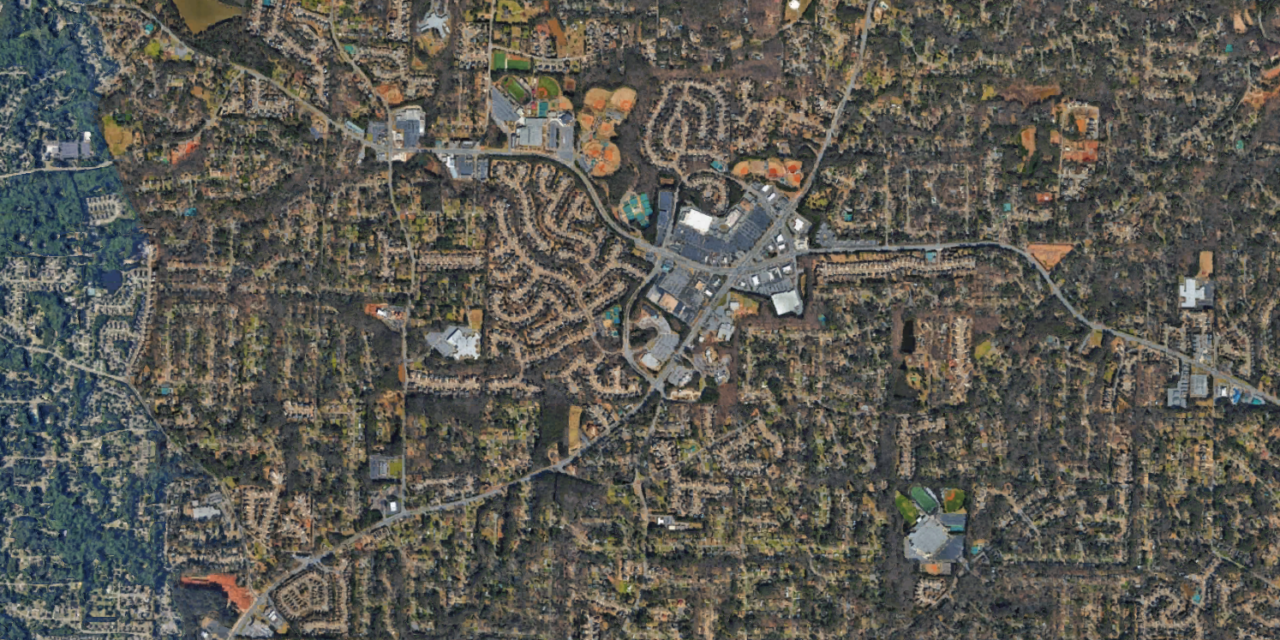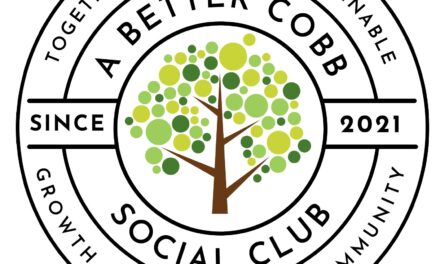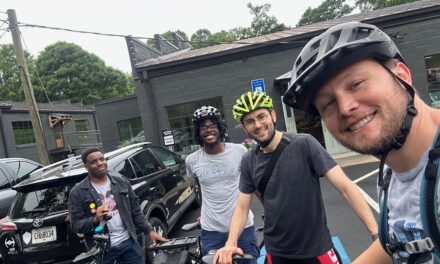When we think about neighborhoods, we often picture a familiar scene: neat rows of single-family homes, tidy front yards, and driveways. It seems comfortable and familiar, but have you ever wondered whether our zoning rules – which shape how communities are built – really fit how families live today? In Cobb County, Georgia, zoning regulations haven’t quite caught up with the reality of modern families, leaving many residents struggling to find housing that matches their actual needs.
Families Have Changed – But Zoning Hasn’t
Families today don’t all look the same. Many households don’t fit the traditional two-parent, two-kids model anymore. Some families include grandparents who want to live close by, young adults who stay at home longer, single parents juggling complex schedules, or people sharing homes to cut costs. Yet Cobb County’s zoning codes still primarily focus on single-family detached homes, as if everyone still wants – or can afford – to live exactly the same way.
By relying so heavily on one type of housing, Cobb County’s current zoning doesn’t reflect reality. This lack of housing choices means that many families don’t have options that fit their actual lifestyles and budgets. Families who might benefit from smaller homes, duplexes, townhomes, or accessory apartments often find their options limited – or nonexistent.
What’s the real problem?
The main issue with Cobb County’s zoning rules is their rigidity. These regulations don’t just shape neighborhoods – they actively prevent them from evolving. For example, current rules tend to separate residential areas from stores, workplaces, and schools, making it harder to walk or bike to everyday destinations. Adding backyard cottages, accessory apartments, and splitting one home into a duplex is extremely difficult, if not impossible to do legally. The result? More cars on the road, longer commutes, and less community interaction. It also means less affordability, since every new development needs to fit strict rules about lot size, parking spaces, and yard size—driving up housing costs and limiting affordable choices.
Missing opportunities for community growth
Because of strict zoning, neighborhoods in Cobb County rarely grow gradually and organically. Instead, new developments appear suddenly, fully formed, and usually expensive. This leaves few options for families who don’t fit into the traditional suburban model. It also limits opportunities for small businesses and neighborhood amenities to emerge naturally, weakening local economies and making communities less adaptable over time.
The Housing-Ready City report, another valuable resource on how cities can better support families, emphasizes flexibility. It encourages cities to provide a variety of housing options – like townhomes, duplexes, small apartments, and accessory dwelling units (tiny homes or backyard cottages). Cobb’s current zoning policies mostly rule out these housing types, leaving many families without affordable or practical housing choices.
Recent Developments Highlight Ongoing Resistance
Recently, Cobb County considered allowing accessory dwelling units (ADUs) through a special land use permit – but the proposal came with restrictions that made building ADUs unlikely to reach conservative adoption. Even this cautious step sparked intense opposition from a small but vocal group of residents. Some opponents dramatically compared allowing ADUs to “dropping an atomic bomb on my neighborhood,” highlighting the strong emotional reactions and misunderstandings around diversified housing options. Ultimately, the county removed the ADU provision, continuing to limit the path toward more inclusive housing policies.
Why this matters for Cobb County
When zoning codes fail to match reality, communities pay a price. Families looking for affordable housing, seniors who want to downsize without leaving their neighborhood, and young adults who prefer smaller homes closer to amenities are often stuck without good options. It’s no surprise then that rigid zoning contributes to issues like traffic congestion, economic segregation, and limited neighborhood vitality.
Cobb County is currently working on updating its zoning rules, a process called the Unified Development Code overhaul. While the county has acknowledged the need for change, early drafts still show a heavy reliance on traditional single-family zoning practices, like requiring homes to sit far back from the street (large setbacks) or maintaining strict separation between homes and other activities. This approach continues to limit housing diversity and makes it harder for neighborhoods to grow and adapt to changing economic and social needs.
A hopeful path forward
Still, there’s reason to be hopeful. Cobb County’s zoning overhaul presents a chance to break free from old ways of thinking. Imagine neighborhoods where smaller homes, accessory apartments, and townhouses coexist alongside traditional homes. Imagine vibrant, walkable communities where grandparents live near grandchildren, small businesses thrive close to customers, and families of all kinds feel at home.
We’re optimistic that Cobb County can embrace this opportunity and move toward zoning policies that encourage flexibility, diversity, and resilience. By allowing neighborhoods to evolve naturally, communities become stronger, healthier, and more financially stable over the long term.
Looking ahead
Cobb County is at a crossroads. Will it continue to enforce rigid rules that cater to outdated ideas about family life, or will it open the door to housing choices that fit the real lives of today’s families? With thoughtful changes to the Unified Development Code, Cobb County has the chance to build communities where every family, in all its diversity, can thrive.
We hope they’ll seize it
References





